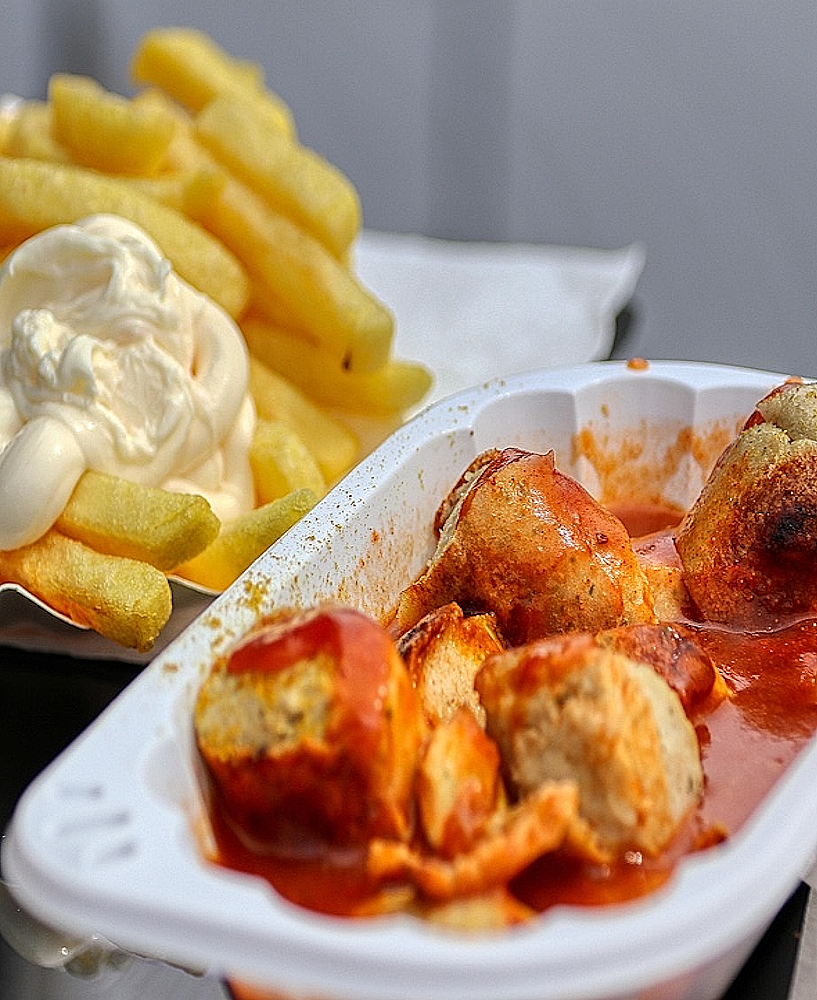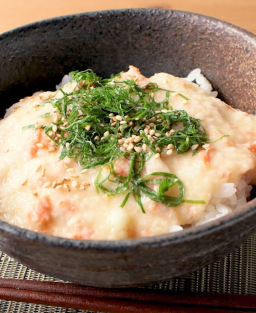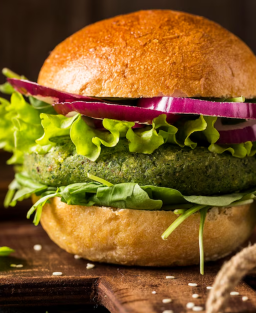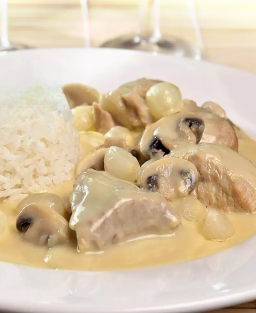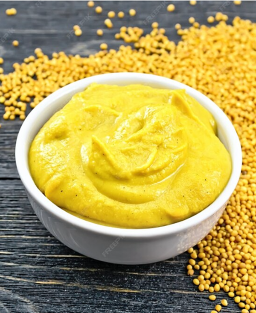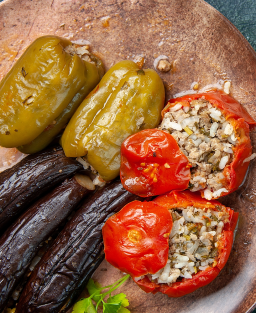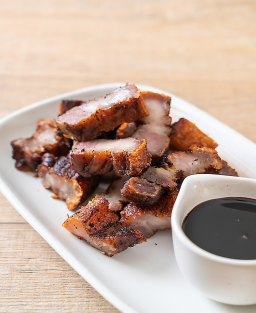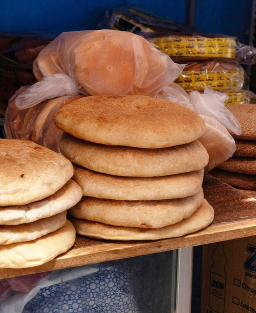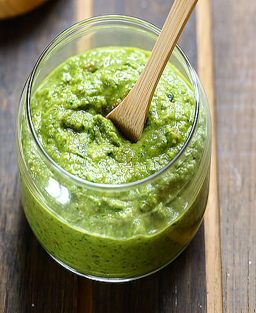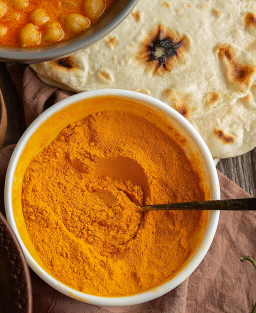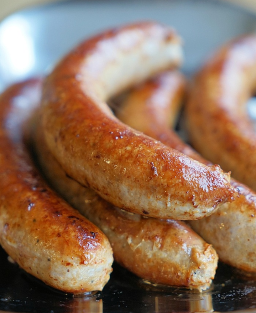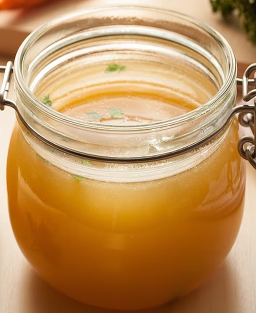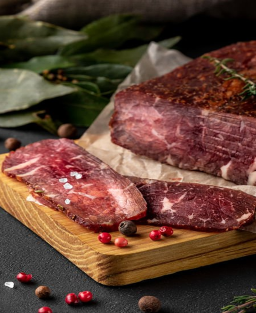- Out-of-Stock
Brühwurst ohne Darm and Herta Heuwer’s Chillup: The Iconic Berlin Street Food Recipe
Brühwurst ohne Darm and Herta Heuwer’s Chillup: The Iconic Berlin Street Food Recipe
The Brühwurst ohne Darm served with Herta Heuwer’s Chillup sauce represents an essential classic of Berlin street food.
It remains the distinctive element that sets Currywurst apart from all other sausages.
This recipe harmoniously combines tradition, innovation, and unique flavors, sustaining its popularity across generations.
Probable Composition of the “Chillup” Sauce
(Historical reconstruction, circa 1949)
Important Note:
The original recipe for Chillup sauce, invented by Herta Heuwer in West Berlin in 1949, was never made public.
Although she registered the Chillup brand in 1959, she never revealed the exact formula and reportedly destroyed the ingredient list before her death in 1999 to keep it secret.
The following is an interpretative reconstruction based on:
-
Available historical testimonies
-
Reliable secondary sources
-
The post-war food shortage context
Most Probable Ingredients:
-
Tomato paste: replaced industrial ketchup, which was unavailable in 1949; acidic, thick, and practical
-
Curry powder: emblematic spice introduced by British soldiers
-
Worcestershire sauce: rare but introduced by the Allies; source of umami
-
Sweet or smoked paprika: for color and mild sweetness
-
Vinegar (apple cider or wine): for acidity and natural preservation
-
Sugar or honey (in very small quantities): to soften the acidity of the paste
-
Salt and pepper: simple and accessible seasonings
Historical Context of Currywurst
After World War II, in 1949, a woman named Herta Heuwer, living in West Berlin (Charlottenburg), revolutionized German street food with her Currywurst.
At that time, Berlin was still under rationing, and spices were scarce. Herta traded goods with British soldiers to obtain ingredients.
She developed an original sauce blending:
-
Tomato paste (or ketchup in some versions)
-
Worcestershire sauce
-
Curry powder
She generously poured this sauce over grilled pork sausage, sliced into rounds, at her stand located at the corner of Kantstraße and Kaiser-Friedrich-Straße.
The Success of Currywurst
-
Often served with a bread roll or fries, perfect for passersby
-
Unlike Bratwurst or Knackwurst, the sausage used was not standardized: it was a Brühwurst ohne Darm (pre-cooked skinless sausage)
-
In 1959, Herta Heuwer patented her sauce under the name Chillup (a contraction of “chili” and “ketchup”)
-
Today, a commemorative plaque marks the location of her historic stand
-
Establishments like Curry 36 or Konnopke’s Imbiss continue this tradition
-
Currywurst is now a German national icon, with over 800 million portions consumed each year
Three Recipes for Brühwurst ohne Darm
Recipe 1 – Rustic Homemade
-
Additives: None
-
Shelf life: 2–3 days
-
Main interest: Authenticity, simplicity
Ingredients (for 4 sausages):
-
400 g pork shoulder
-
100 g pork fat
-
10 g fine non-nitrated salt
-
1 g white pepper
-
0.5 g nutmeg
-
1 g garlic powder
-
Pinch of sugar
-
70 ml ice water
Preparation:
-
Finely chop meat and fat
-
Mix with spices and ice water until a homogeneous paste forms
-
Shape sausages by hand or using cling film
-
Cook at 75–80 °C for 30 minutes
-
Cool quickly. Grill before serving
Recipe 2 – Berlin Artisan
-
Additives: None
-
Shelf life: 2–3 days
-
Main interest: Tender texture, street flavor
Ingredients:
-
300 g pork meat
-
200 g fresh (fatty) pork belly
-
10 g fine salt
-
0.5 tsp sweet paprika
-
0.5 tsp dried marjoram
-
1 g white pepper
-
1 g garlic
Preparation:
-
Finely chop the meats
-
Mix with spices and approx. 70 ml ice water
-
Form sausages
-
Cook at 75–80 °C for 30 minutes
-
Cool. Grill over medium heat before serving
Recipe 3 – Industrial
-
Additives: Nitrite salt + phosphate
-
Shelf life: 10+ days
-
Main interest: Firm texture, distinctive flavor, long shelf life
Ingredients:
-
400 g lean pork
-
100 g pork fat
-
10 g nitrite salt (Prague salt 0.6 %)
-
2 g food phosphate (E451 or E452)
-
1 g white pepper
-
0.5 g nutmeg
-
1 g garlic
-
1 g sugar
-
75 ml ice water
Preparation:
-
Finely chop meat and fat
-
Mix with spices, nitrite salt, phosphate, and ice water
-
Form sausages in heat-resistant film or artificial casings
-
Cook at 75–80 °C for 30–40 minutes
-
Cool, store vacuum-packed or refrigerated. Grill as needed
The Introduction of Veal in Sausages
Originally, in 1949, Herta Heuwer’s Currywurst used a sausage made solely from pork due to economic reasons and post-war scarcity. Pork was the most accessible meat for producers and consumers in Berlin at the time.
Veal was introduced later (1980s–1990s), especially in premium or artisanal products:
-
Texture and tenderness: Veal, being leaner and finer, gives a more delicate consistency and softer bite
-
Flavor refinement: Subtler, less fatty taste that pairs well with spices and condiments
-
Cultural and dietary expectations: Preferred by consumers seeking lighter products or young-animal meat
-
Marketing positioning: Veal is associated with higher quality, highlighting artisanal products versus industrial versions
Thus, while the historical Currywurst remains a simple, popular pork-based preparation, modern variations, especially since the late 20th century, reflect evolving tastes, techniques, and markets, with veal as a premium ingredient for some producers.











